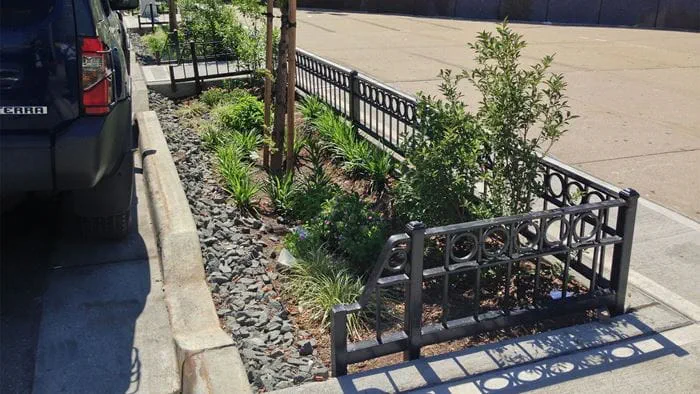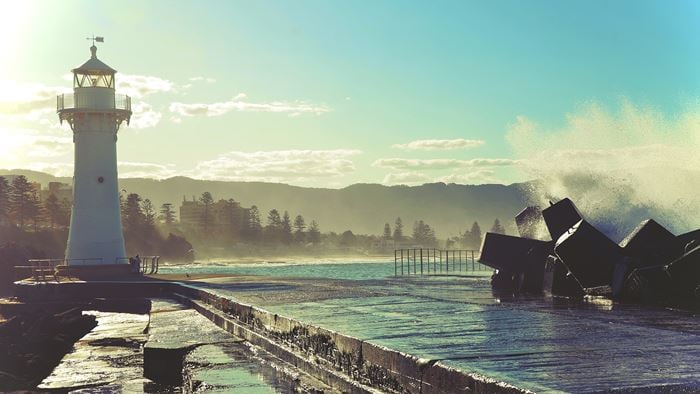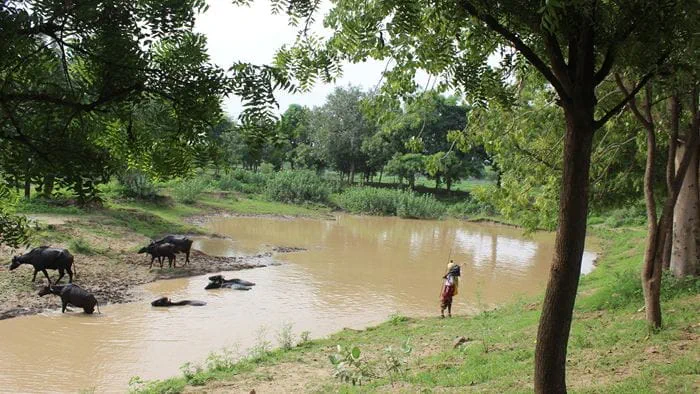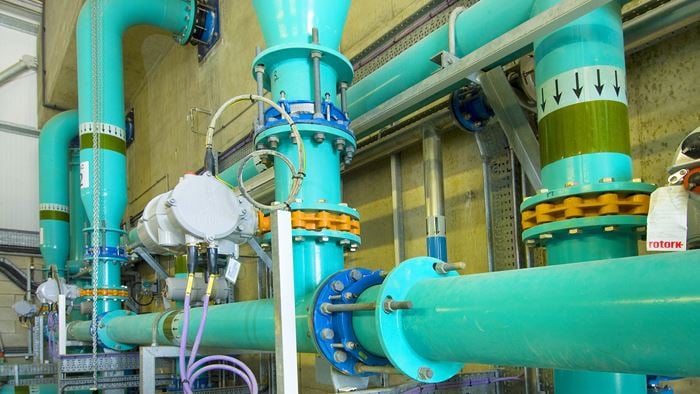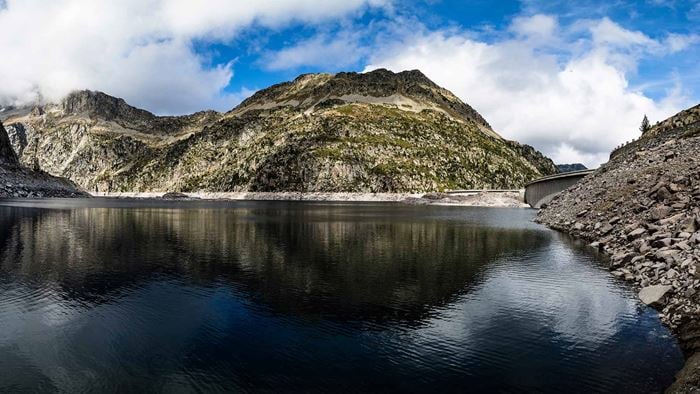You’ve probably heard about the energy trilemma. Well, the water industry is facing its own trilemma: it needs to allocate increasingly scarce resources of water among citizens, the economy and the environment if it’s to avoid a damaging conflict between them.
Globally, water use is growing at twice the pace of the population. In less than 10 years, it is predicted that two-thirds of people will be living in areas of water stress conditions if a business-as-usual approach to water management continues.
There’s no doubting the seriousness of the situation. The World Economic Forum (WEF) recently revised its most significant long-term risks worldwide. Among the three most likely and most significant risks were failure of climate change adaptation, interstate conflict and water crises.
The WEF defines water crises as “a significant decline in the available quality and quantity of fresh water resulting in harmful effects on human health and/or economic activity”. This includes the emerging gap between safe freshwater availability and water demand.
As an example, California is currently experiencing one of its most severe droughts on record and tensions are emerging between citizens, the economy and the environment. The state’s multi-billion dollar almond industry is central to its economy yet it takes 10% of California’s water supply. With mandatory water restrictions introduced for citizens, many are questioning whether agriculture’s water use is profligate.
To me, it’s clear that we need to solve the trilemma and balance these often-conflicting demands. Fortunately there are proven ways to alleviate water stress. Effective interventions include developing new supplies, managing demand and reusing water at a local level.
Arup worked with the 2030 Water Resources Group to catalogue the interventions that have helped manage water use in environments where it’s scarce. One of the water scarcity solutions that stands out is in the Saudi city of Jeddah. Here the Middle East Paper Company installed on-site recycling to reduce its water demand from 20,000 litres per ton of product to just 5,000 – a move that paid back in only two years.
In Singapore, the authorities are reducing the island state’s reliance on imported water by collecting treated wastewater that would otherwise have been discharged into the ocean and reusing it for potable water. This NEWater system now meets 30% of Singapore’s water demand and is projected to meet up to 55% of demand by 2060.
The 2030 Water Resources Group, who we’re continuing to work with, is a public-private-civil society collaboration. So it includes bodies such as the WEF, companies such as Coca-Cola and non-governmental organisations such as the World Wildlife Fund (WWF).
I think this collaborative approach is vital; only by working together in this way can the industry alleviate water stress to the benefit of everyone.
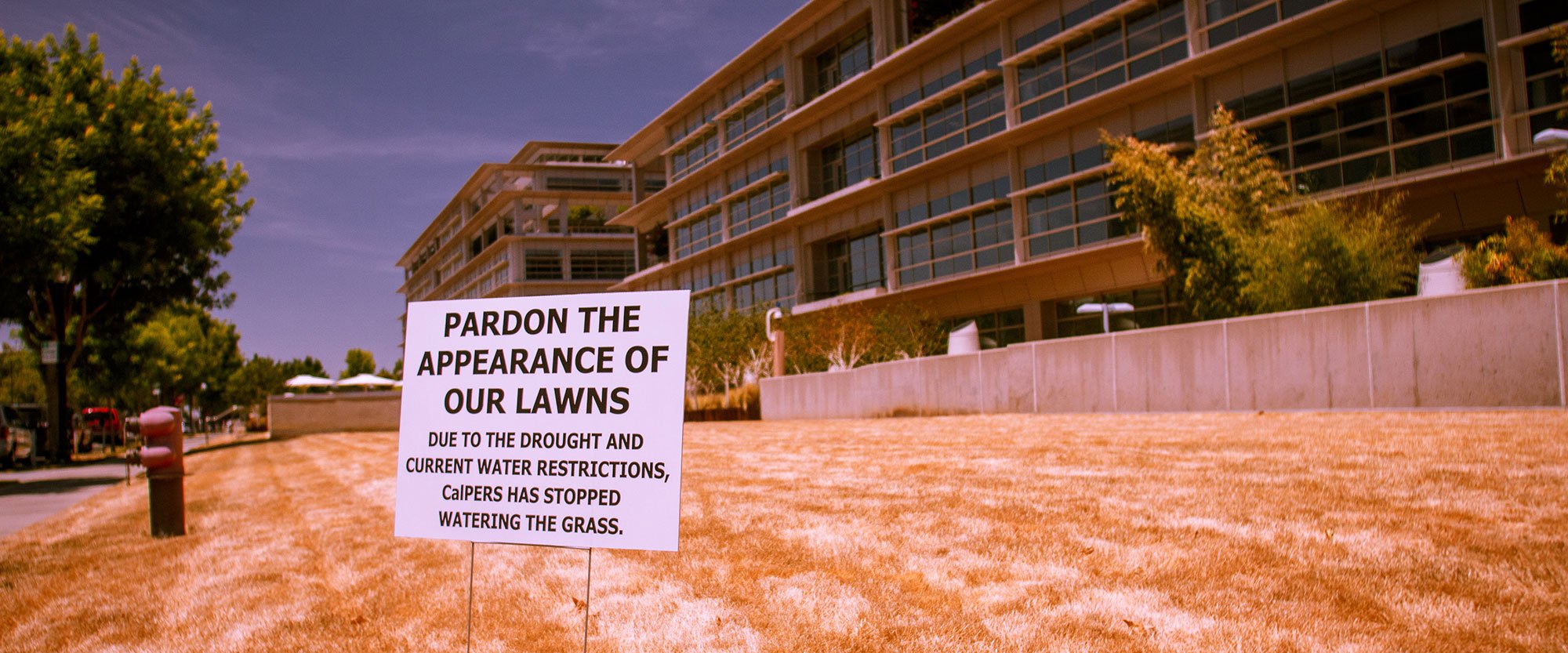 ;
;

